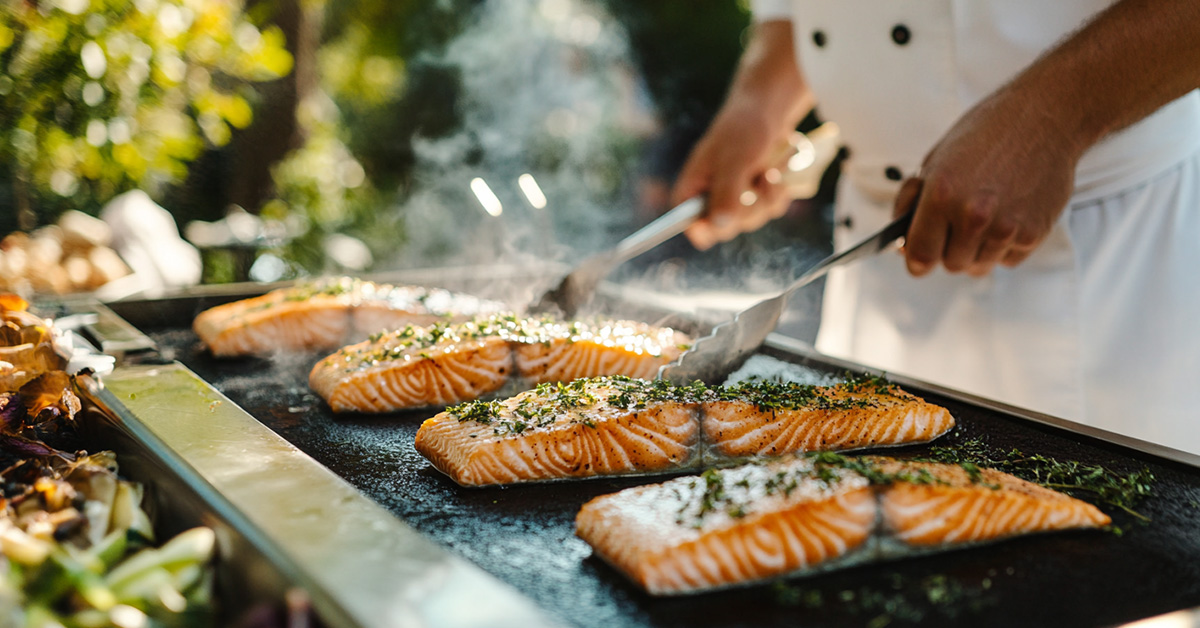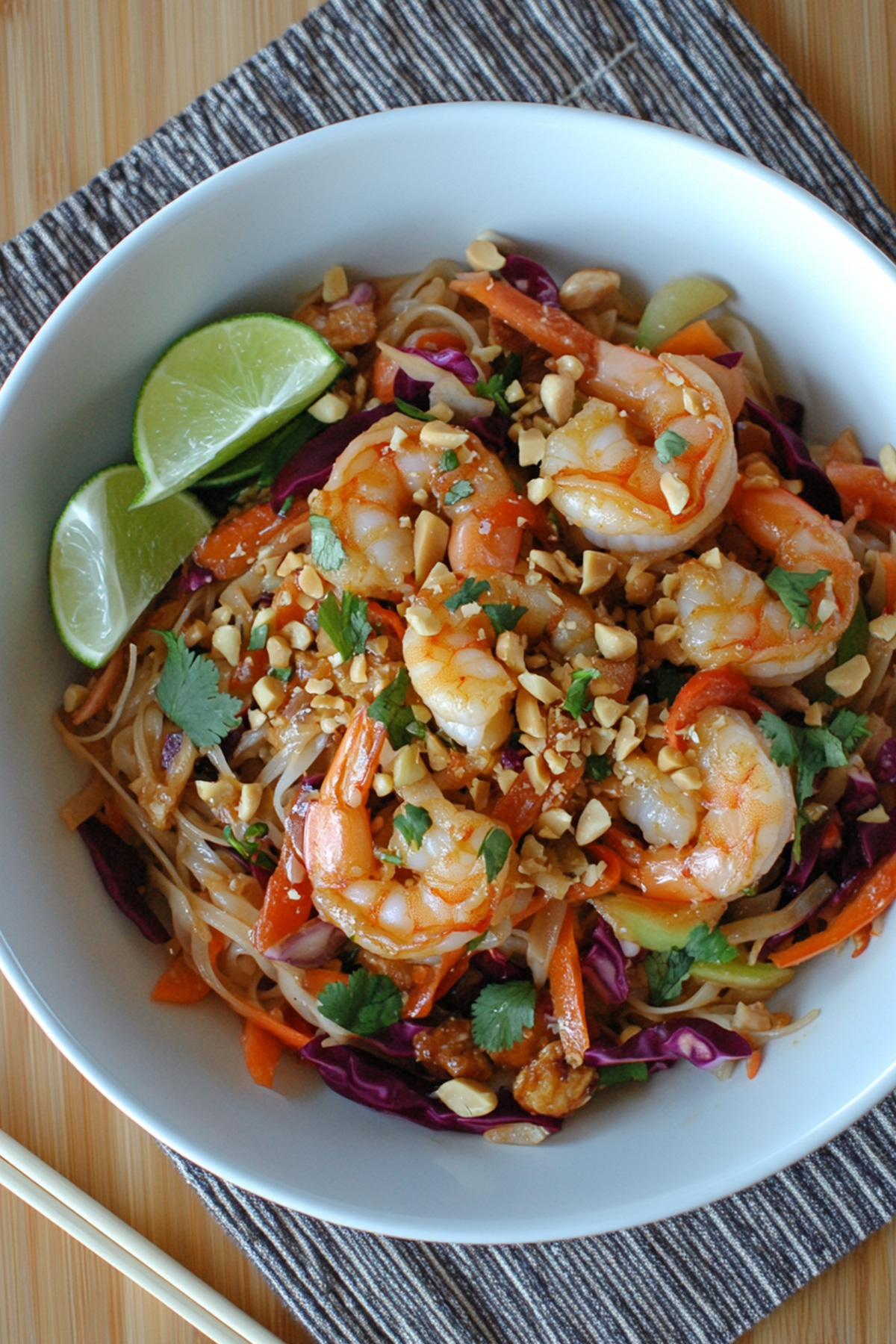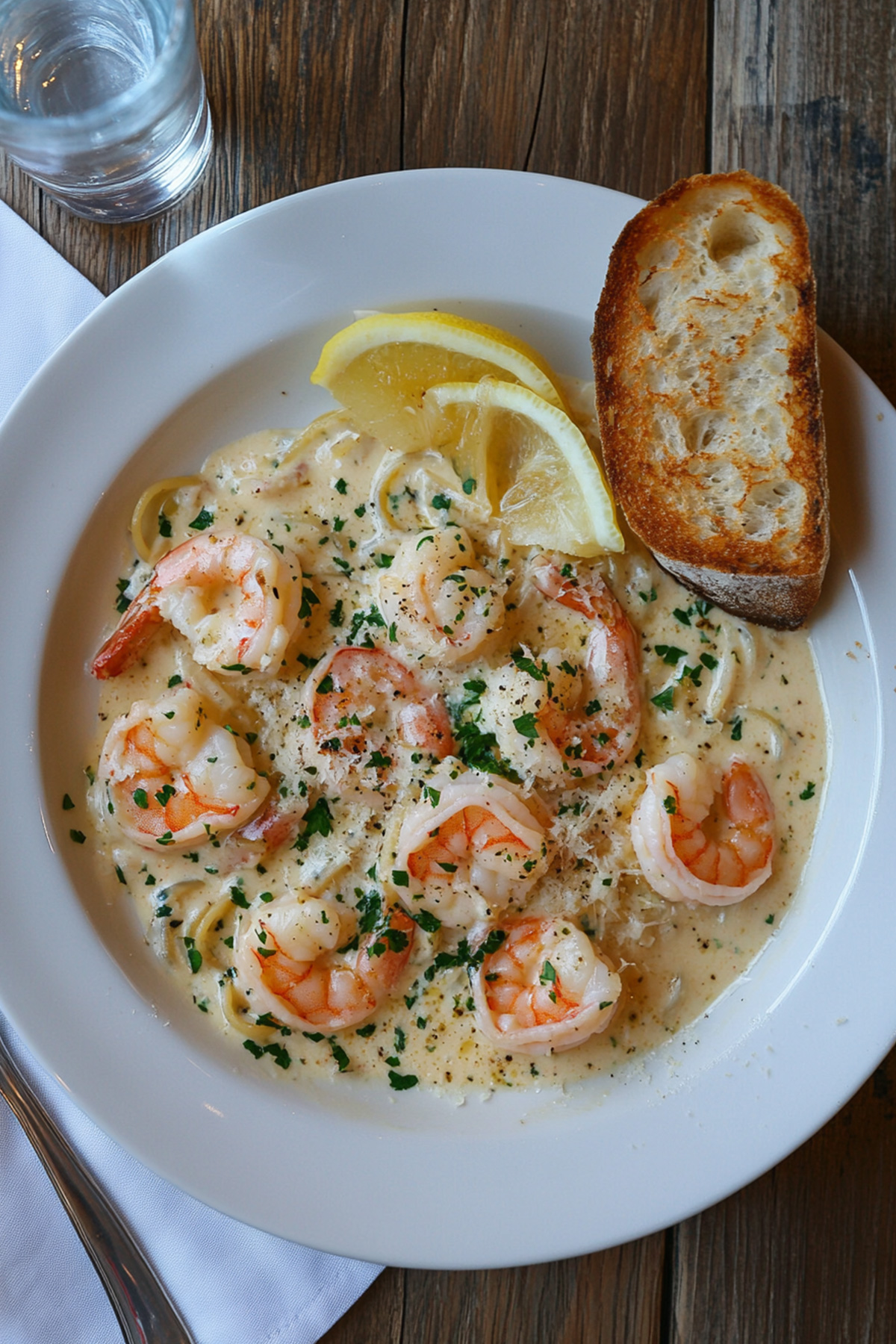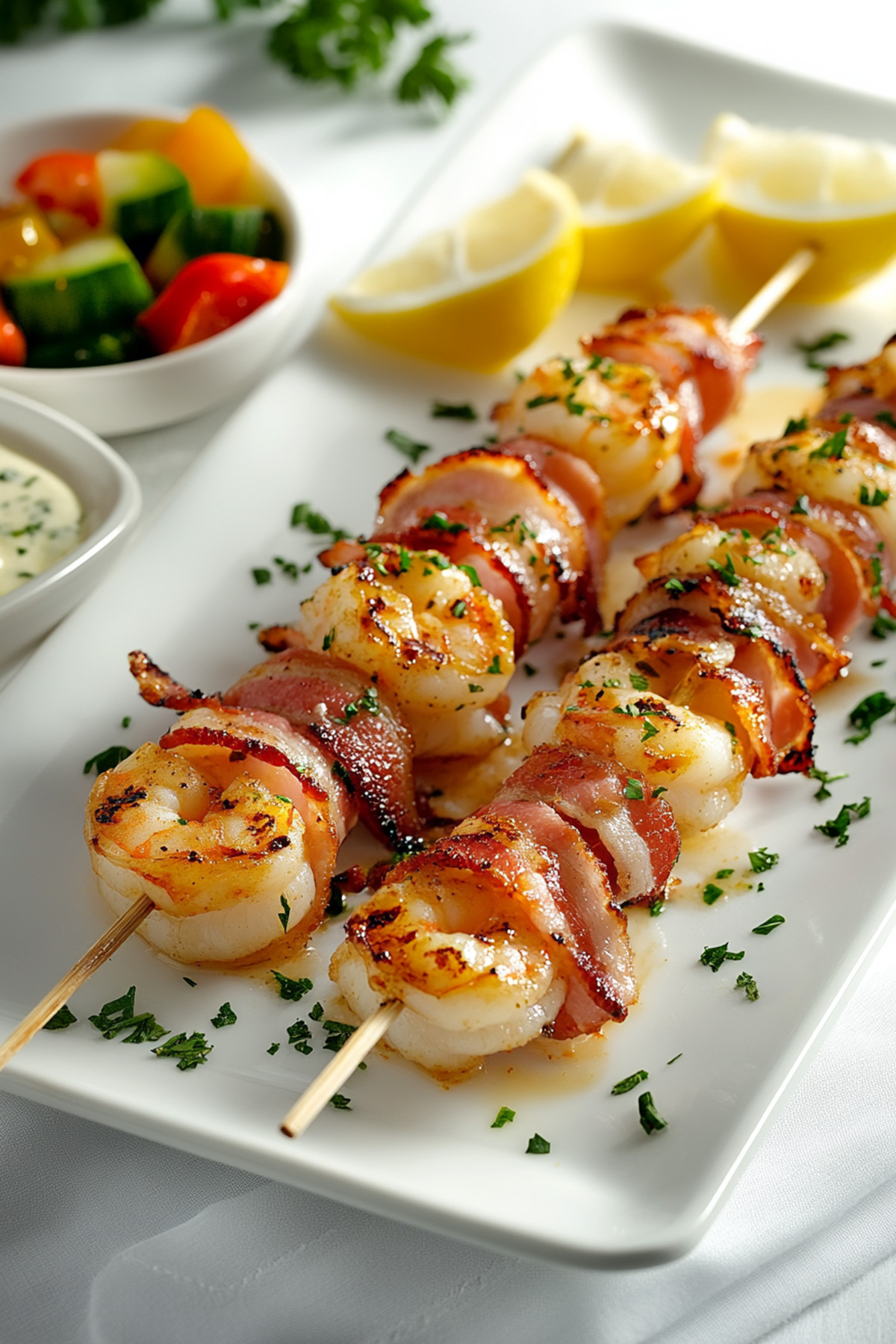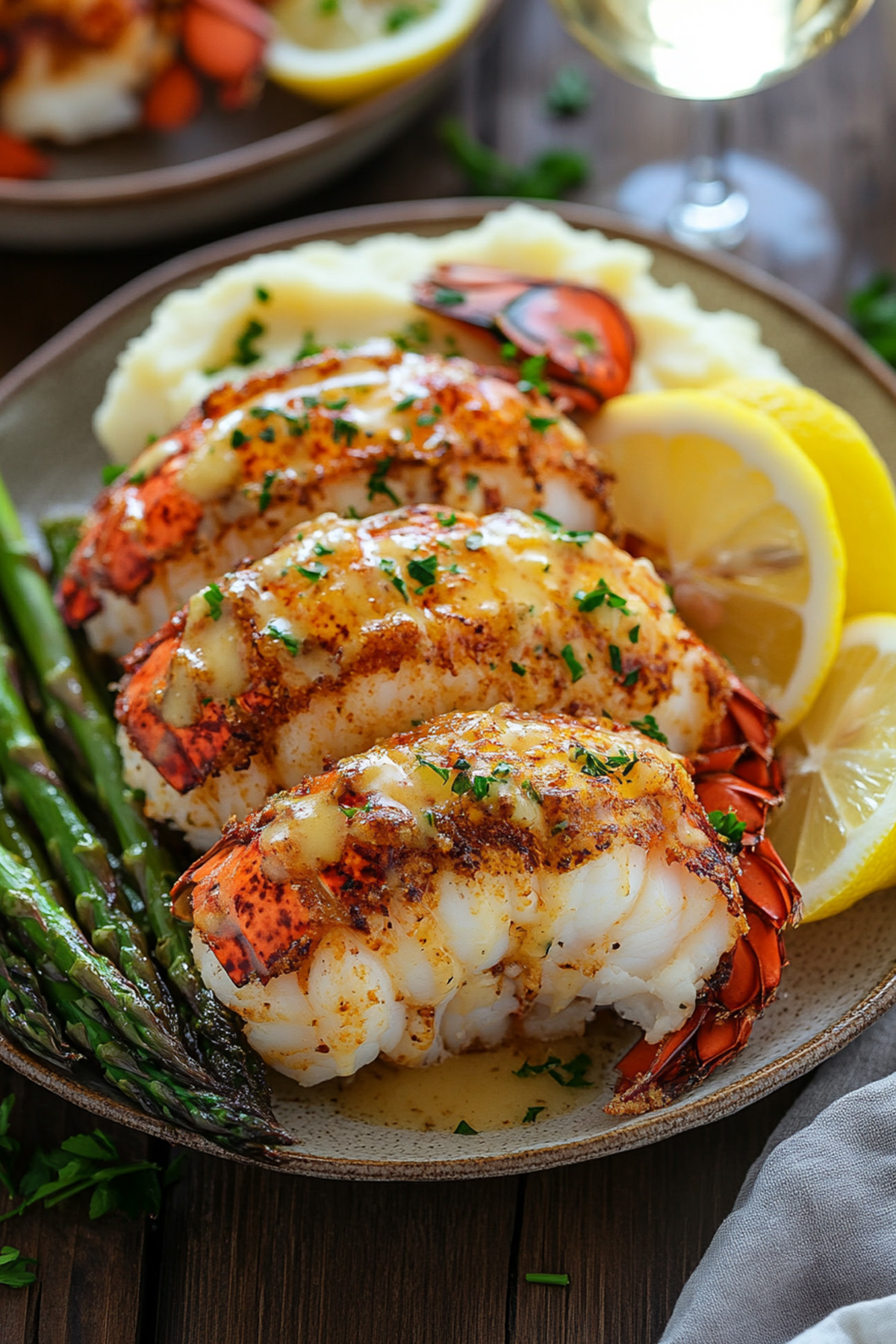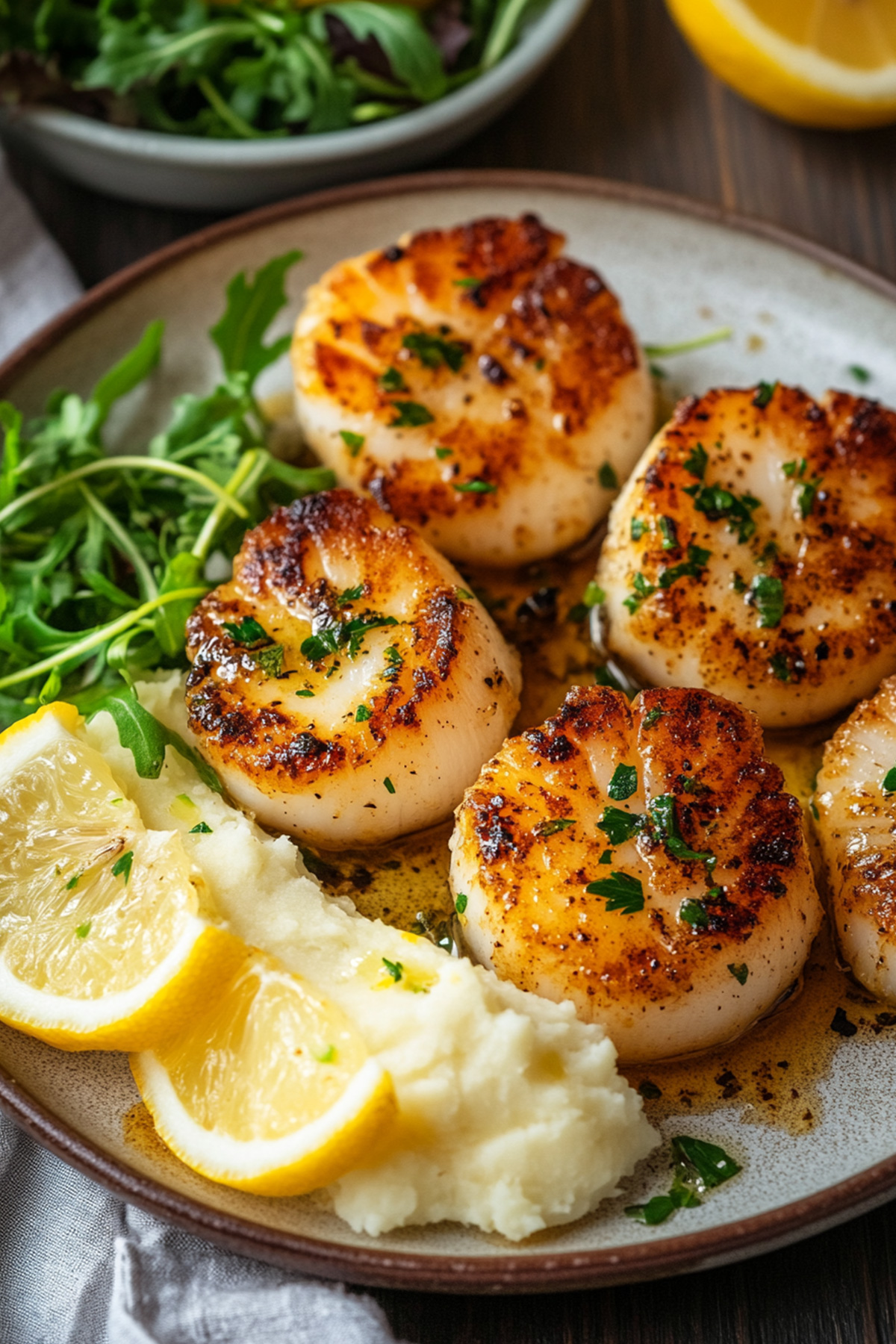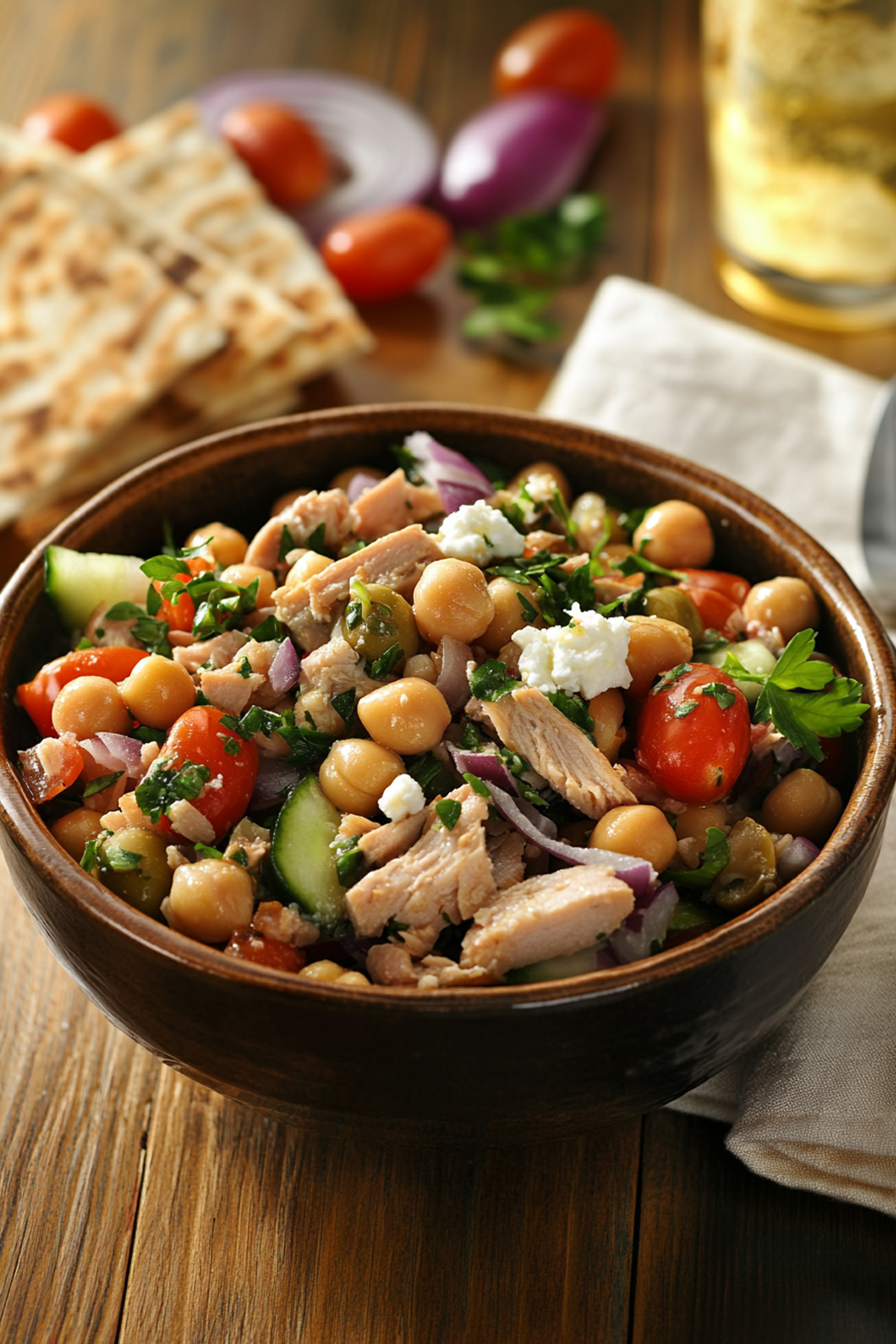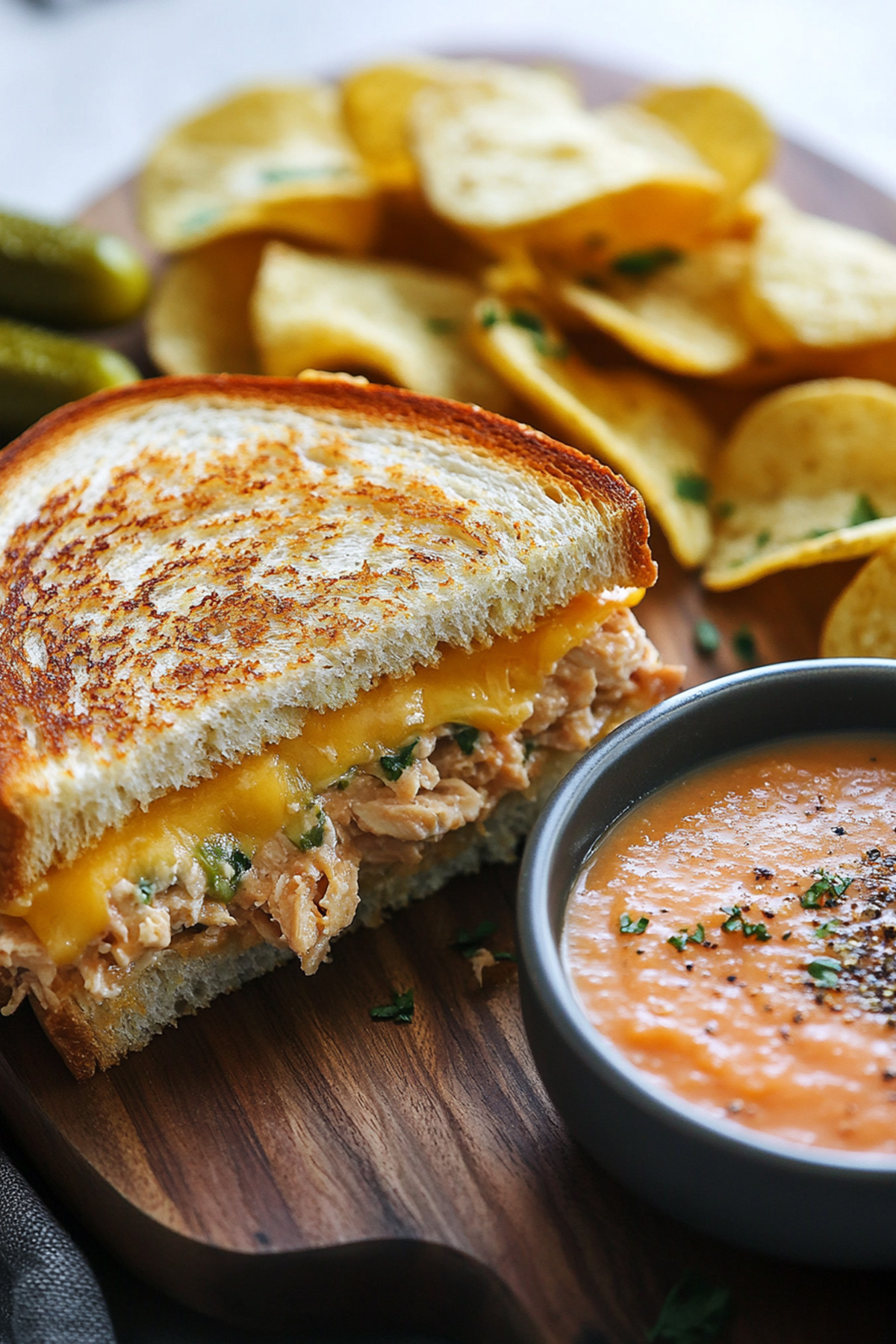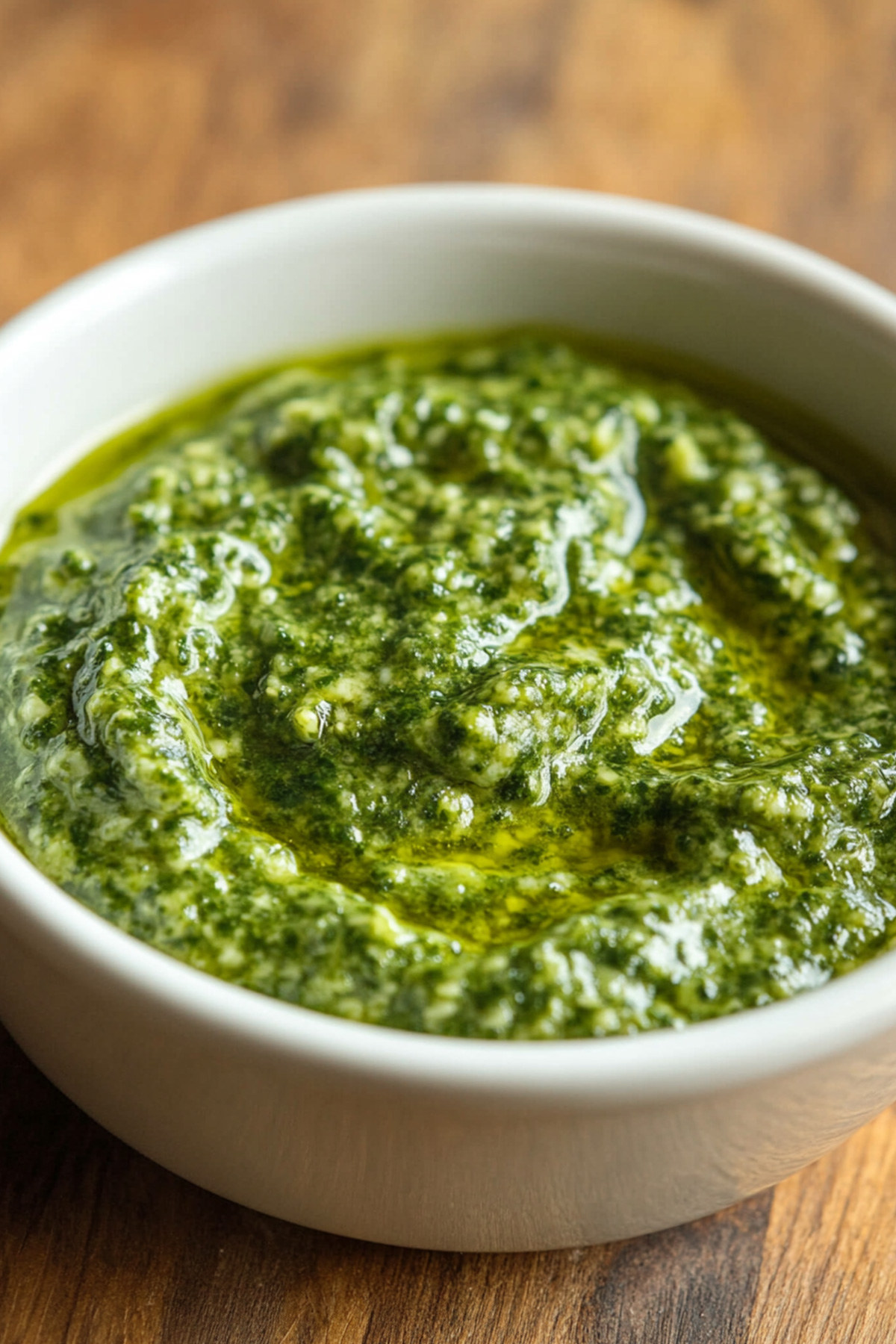When it comes to outdoor cooking, few experiences are as satisfying as the sizzle of fresh fish on a hot grill. But while traditional grilling methods can sometimes leave you with unevenly cooked fillets or flare-ups that char your meal, grilling fish on a Blackstone griddle opens up a whole new world of culinary possibilities. Imagine perfectly seared salmon with crispy skin and flaky perfection, all infused with vibrant flavors from your favorite marinades and toppings. Whether you’re a seasoned grill master or just starting out, mastering the art of grilling fish on Blackstone can elevate your summertime cookouts into unforgettable feasts.
In this article, we’ll explore essential tips and techniques to ensure that every piece of fish you grill is bursting with flavor and texture. From selecting the freshest catches to setting up your Blackstone griddle for optimal results, we’ve got you covered. Plus, we’ll share some mouthwatering recipes that will make your taste buds dance—think zesty lemon herb grilled tilapia or sweet chili-glazed swordfish. Get ready to impress family and friends as you turn your backyard into a seafood haven!
Table of Contents
Why Grill Fish on Blackstone?
Grilling fish on a Blackstone griddle transforms this culinary experience into an art form. Unlike traditional grilling methods that may leave delicate fillets prone to falling apart, the flat top of a Blackstone allows for even heat distribution and ample cooking space, making it easier to achieve that perfect sear while retaining moisture. This approach not only enhances the natural flavors of fresh seafood but also minimizes flare-ups that can overwhelm lighter proteins.
What sets grilling on a Blackstone apart is its versatility; you can pair your fish with an abundance of vegetables or even cook up complementary side dishes simultaneously. Imagine sizzling asparagus or sweet bell peppers made vibrant by the seafood juices—they create a symphony of flavors right before your eyes. Additionally, using a griddle opens the door for experimenting with marinades and seasonings tailored to elevate the dish without overpowering its innate essence. So whether you’re preparing for a casual weeknight dinner or hosting friends for an outdoor gathering, grilling fish on a Blackstone is not just cooking—it’s about crafting memorable moments around exceptional meals.
Choosing the Right Type of Fish
When it comes to grilling fish on a Blackstone griddle, selecting the right type of fish is crucial for achieving perfect results. Ideally, you want to choose varieties that hold up well to high heat and retain their moisture during cooking. Fatty fish like salmon, mackerel, and trout are excellent choices due to their higher oil content, which helps prevent drying out while enhancing flavor. These types also develop a deliciously crispy skin when grilled, adding texture to your dish.
On the other hand, leaner fish such as tilapia or cod can also be grilled successfully but require more attention to avoid overcooking. To ensure they remain moist, consider marinating them beforehand or using a light coating of oil. Additionally, incorporating flavorful seasonings and herbs can elevate the taste profile of these milder fish. Ultimately, your choice should reflect not only your personal preferences but also the specific grilling techniques you plan to use on your Blackstone griddle.
Keep in mind that fresh fish is always preferable; however, if you’re opting for frozen options, make sure they are properly thawed before grilling. This will help achieve even cooking and prevent any unwanted texture changes that can occur with improperly thawed seafood. By carefully selecting the right type of fish and preparing it appropriately, you’ll set yourself up for a successful grilling experience on your Blackstone. [source]
Preparing Your Fish for Grilling
Proper preparation is key to ensuring your fish turns out flavorful and perfectly cooked on the Blackstone griddle. Start by thoroughly cleaning the fish under cold running water, removing any scales, and patting it dry with paper towels. This step not only helps in achieving a nice sear but also prevents excess moisture from interfering with the grilling process. If you’re using whole fish, consider gutting and filleting it beforehand to make handling easier during cooking.
Next, marinating your fish can enhance its flavor and help keep it moist. A simple marinade can include olive oil, lemon juice, garlic, and fresh herbs like dill or parsley. Allow the fish to marinate for at least 30 minutes; this will infuse it with flavors while also tenderizing the flesh. If you prefer a dry rub, season generously with salt, pepper, and spices of your choice—paprika or cayenne can add a delightful kick.
Finally, if you’re grilling delicate fillets or smaller pieces of fish that might fall apart easily on the griddle, consider using a grill basket or aluminum foil to create a barrier between the fish and the cooking surface. This technique not only makes flipping easier but also minimizes sticking and ensures even cooking. With these preparation steps in place, your fish will be ready to hit the griddle for an unforgettable grilling experience!
Essential Tools for Blackstone Grilling
To achieve the best results when grilling fish on a Blackstone griddle, having the right tools at your disposal is essential. First and foremost, a good quality spatula is crucial. A wide, flat spatula allows you to easily flip fish fillets without breaking them apart, ensuring even cooking on both sides. Look for one with a long handle to keep your hands safely away from the heat.
Another important tool is a set of tongs. They provide excellent grip and control when handling larger pieces of fish or whole fish. Choose tongs with silicone tips to prevent scratching the surface of your griddle while still being able to maneuver your food effectively. Additionally, consider using a grill basket specifically designed for seafood; it can hold delicate fillets securely in place while allowing smoke and flavor to permeate through.
Lastly, don’t forget about thermometers! An instant-read digital thermometer is invaluable for checking the internal temperature of your fish, ensuring it reaches the safe cooking point without overcooking. For most types of fish, an internal temperature of 145°F (63°C) is ideal. Having these essential tools will make your grilling experience smoother and help you achieve perfectly cooked fish every time!
Perfecting Your Grill Temperature Settings
Achieving the perfect grill temperature is key to cooking fish on a Blackstone griddle. Generally, you want to preheat your griddle to medium-high heat, around 375°F to 400°F (190°C to 204°C). This temperature range allows for a good sear while ensuring that the fish cooks through without drying out. To check if your griddle is ready, you can sprinkle a few drops of water on the surface; if they sizzle and evaporate quickly, you’re set.
Once the griddle is heated, it’s essential to adjust the temperature as needed based on the thickness and type of fish you’re grilling. Thicker fillets may require slightly lower temperatures to cook evenly without burning the exterior. Conversely, thinner fillets or delicate varieties like flounder might benefit from a higher setting for a quick sear. Keeping an eye on your fish and adjusting the heat as necessary will help prevent overcooking.
Additionally, consider using indirect heat for larger or whole fish. You can achieve this by turning off one side of the burners while leaving others on, allowing for slower cooking without direct exposure to high flames. This method helps retain moisture and flavor while preventing charring. Mastering these temperature settings will elevate your grilling game and ensure delicious results every time!
Simple Marinades and Seasoning Ideas
Marinating your fish before grilling not only enhances its flavor but also helps to keep it moist during the cooking process. A basic marinade can be as simple as a mixture of olive oil, lemon juice, garlic, and fresh herbs like parsley or dill. Allow the fish to marinate for at least 30 minutes, but no longer than two hours to prevent the acid from breaking down the delicate flesh.
For a bolder flavor profile, consider using soy sauce, ginger, and sesame oil for an Asian-inspired twist. This combination works particularly well with firmer fish such as salmon or tuna. Alternatively, a Mediterranean blend featuring olive oil, balsamic vinegar, oregano, and crushed red pepper can add depth to white fish varieties like cod or halibut.
If you prefer to skip marinating altogether, simply seasoning your fish with salt and pepper can be effective. Adding spices such as paprika, cumin, or even a sprinkle of cayenne can create a flavorful crust when grilled. Experimenting with different combinations will allow you to discover what best complements each type of fish while enhancing its natural flavors!
Step-by-Step Grilling Instructions
Grilling fish on a Blackstone griddle can yield delicious results when done correctly. Start by preheating your griddle to medium-high heat, ensuring it reaches an optimal temperature for cooking. A well-heated surface will help achieve that desirable sear while preventing the fish from sticking.
- Prepare the Fish: Once marinated or seasoned, pat the fish dry with paper towels to remove excess moisture. This step is crucial as it helps achieve a nice crust and prevents steaming.
- Oil the Griddle: Lightly oil the griddle surface using a high smoke point oil like avocado or canola oil. Use a paper towel or brush to spread it evenly across the cooking area, ensuring there’s enough lubrication to prevent sticking.
- Place the Fish on the Griddle: Carefully lay your fish fillets or steaks onto the hot griddle. For fillets, place them skin-side down if applicable, as this helps keep them intact during flipping.
- Monitor Cooking Time: Cook the fish for about 3-5 minutes on one side without moving it; this allows for proper browning and easy flipping later on. The exact time may vary depending on the thickness of your fish.
- Flip with Care: Using a spatula, gently flip the fish over once it releases easily from the griddle surface and has developed a golden-brown crust. Cook for another 3-5 minutes until fully cooked through—fish should flake easily with a fork and have an internal temperature of 145°F (63°C).
- Rest Before Serving: After grilling, let your fish rest for a few minutes off heat to allow juices to redistribute before serving. This simple step enhances flavor and texture.
By following these steps, you’ll be well on your way to perfectly grilled fish that is both flavorful and visually appealing!
Flavorful Side Dishes to Complement Fish
Pairing your grilled fish with the right side dishes can elevate your meal and enhance the overall dining experience. Here are some flavorful options that complement fish beautifully:
- Grilled Vegetables: Seasonal vegetables like zucchini, bell peppers, asparagus, and corn on the cob are excellent choices for grilling alongside your fish. Toss them in olive oil, salt, and pepper before placing them on the Blackstone griddle. The charred flavors from the grill will add a smoky depth that pairs perfectly with the lightness of fish.
- Citrus Quinoa Salad: A refreshing citrus quinoa salad makes a great accompaniment. Combine cooked quinoa with diced cucumber, cherry tomatoes, red onion, and fresh herbs like parsley or cilantro. Dress it with lemon juice and olive oil for a bright flavor that complements grilled fish beautifully.
- Garlic Mashed Potatoes: Creamy garlic mashed potatoes provide a comforting contrast to grilled fish. Boil potatoes until tender, then mash them with roasted garlic, butter, cream (or milk), salt, and pepper for a rich side dish that balances the lighter flavors of seafood.
- Coleslaw: A crunchy coleslaw adds texture and zest to your meal. Use shredded cabbage mixed with carrots and toss it in a tangy dressing made from mayonnaise, vinegar, sugar, and spices. This cool side can cut through the richness of certain types of fish while adding vibrant color to your plate.
- Herbed Rice Pilaf: Fluffy rice pilaf flavored with herbs like dill or parsley offers a subtle yet satisfying base for grilled fish. Sauté onions in butter before adding rice and broth; finish with fresh herbs once cooked for an aromatic side dish.
These sides not only enhance the flavors of your grilled fish but also create a well-rounded meal that’s sure to impress family and friends!
Troubleshooting Common Grilling Issues
Grilling fish on a Blackstone can be straightforward, but sometimes things don’t go as planned. Here are some common issues you might encounter and tips for troubleshooting them:
- Fish Sticking to the Griddle: One of the most frequent problems is fish sticking to the cooking surface. To prevent this, ensure your griddle is properly preheated and well-oiled before placing the fish on it. Using a high-smoke point oil, like canola or avocado oil, helps create a non-stick surface. If sticking occurs despite these precautions, gently use a spatula to release the fish without tearing it.
- Uneven Cooking: Achieving even cooking can be tricky, especially with thicker cuts of fish. To combat this issue, make sure to maintain consistent heat across the griddle by monitoring temperature settings closely. If one side cooks faster than the other, consider rotating the fish halfway through grilling or adjusting its position on the griddle to expose all sides evenly.
- Overcooking or Undercooking: Fish cooks quickly and can easily become overdone or undercooked if not monitored carefully. Use a meat thermometer to check for doneness; most fish should reach an internal temperature of 145°F (63°C). If you’re unsure, start checking earlier than you think—it’s better to pull it off early than risk drying it out.
- Flavors Not Penetrating: Sometimes, grilled fish may lack flavor if not seasoned adequately beforehand. Ensure that you marinate your fish long enough—at least 30 minutes—to allow flavors to penetrate deeply. Additionally, consider using dry rubs or seasoning blends right before grilling for an extra flavor boost.
- Fish Falling Apart: Delicate fillets like tilapia or sole can fall apart during grilling due to their soft texture. To avoid this issue, consider using a grill basket or aluminum foil packet for added support while cooking. Alternatively, try grilling whole fish or thicker cuts that are more resilient during flipping.
By addressing these common grilling issues with proactive solutions, you’ll be well-equipped to enjoy perfectly grilled fish every time!
Enjoying Delicious Grill Fish on Blackstone
Grilling fish on a Blackstone griddle opens up a world of flavors and culinary possibilities. By choosing the right type of fish, preparing it properly, and utilizing essential tools, you can achieve delightful results that impress family and friends alike. Perfecting your grill temperature settings and experimenting with simple marinades will enhance the natural flavors of the fish, making each meal memorable.
As you enjoy your perfectly grilled fish, don’t forget to complement it with flavorful side dishes that elevate the entire dining experience. Whether it’s a fresh salad, grilled vegetables, or zesty rice pilaf, these sides can beautifully balance the richness of the fish.
With practice and patience, grilling fish can become one of your favorite cooking methods. So fire up that Blackstone griddle, embrace creativity in your seasonings and techniques, and savor every delicious bite! Happy grilling!

